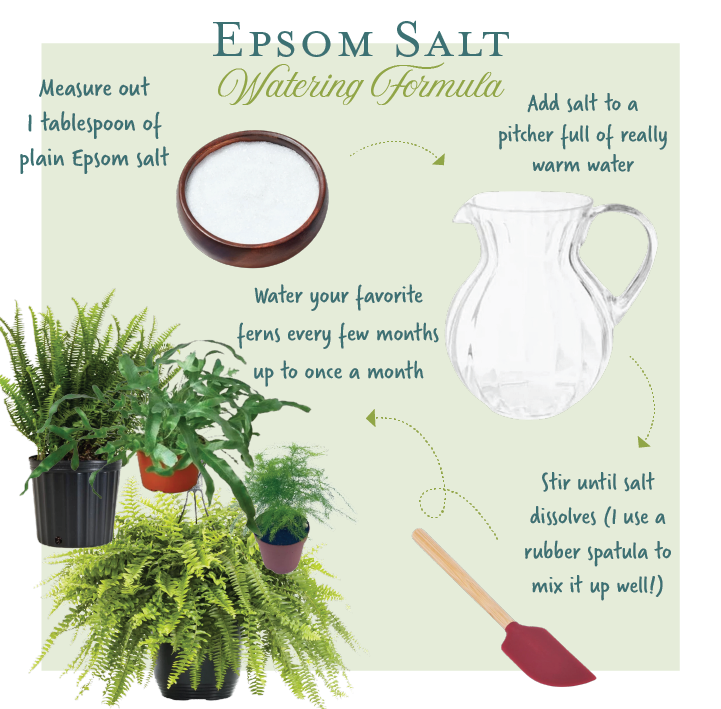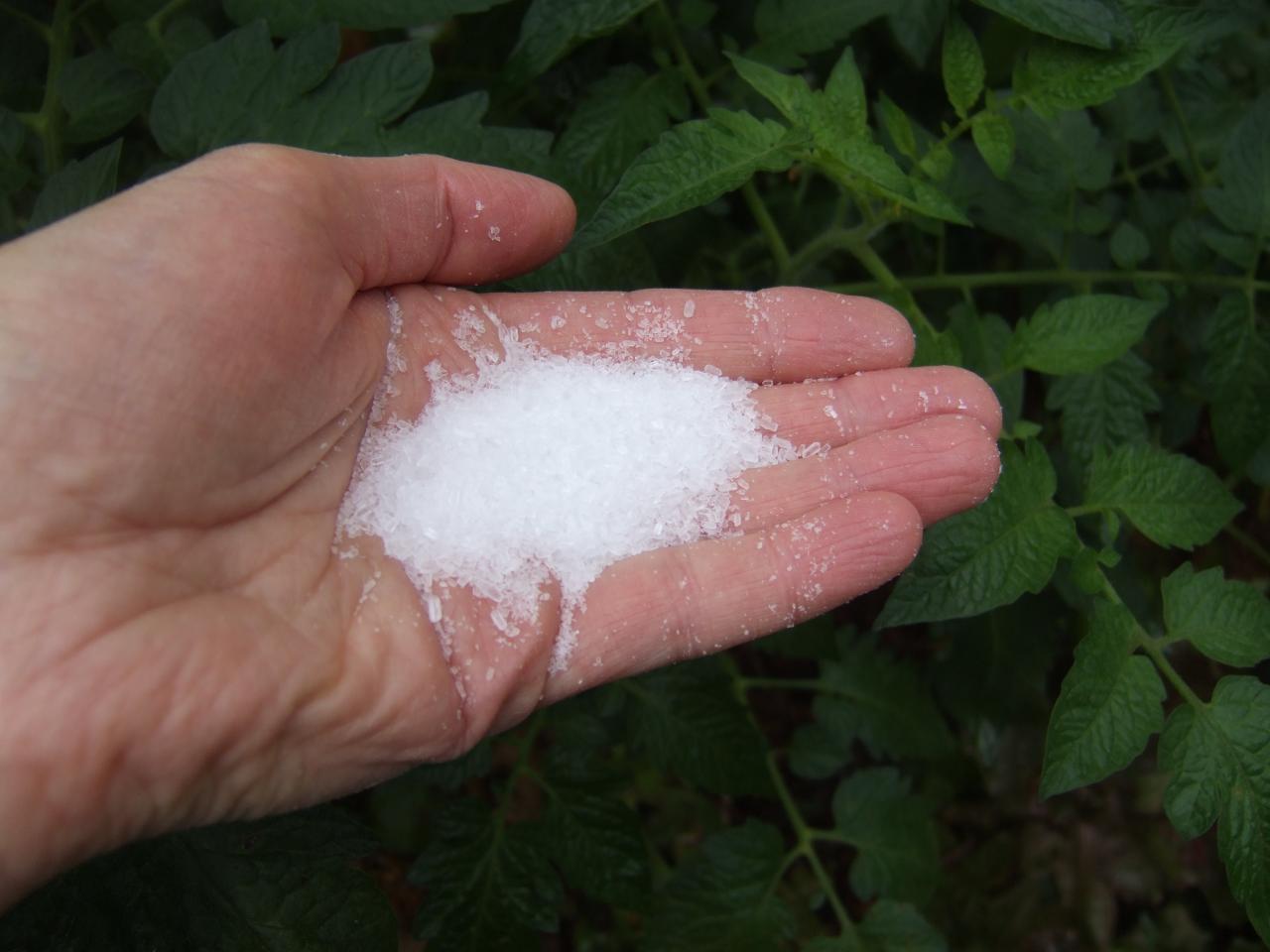Learn Concerning the Details Plants That Are Adversely Impacted by Epsom Salt Application
Epsom salt, a prominent family treatment for different horticulture issues, is typically applauded for its helpful impacts on plant growth. Understanding the details plants that can be negatively affected by Epsom salt is essential for any garden enthusiast looking to maximize their plant care routine.
Roses

Roses, specifically conscious changes in their atmosphere, can be negatively influenced by the application of Epsom salt. While Epsom salt is generally utilized as a fertilizer to advertise plant growth and boost flowering, roses are one of the plants that do not react well to its application. The high magnesium content in Epsom salt can hinder the uptake of various other vital nutrients by the rose plants, leading to shortages that manifest as yellowing fallen leaves or stunted development.

Tomatoes
While Epsom salt is typically touted as a treatment for various plant concerns, consisting of blossom end rot in tomatoes, its application can lead to harmful outcomes if not utilized sensibly. Excessive Epsom salt, which is magnesium sulfate, can interfere with the fragile nutrient balance needed by tomatoes, possibly leading to deficiencies in various other crucial nutrients like calcium. When taking into consideration the use of Epsom salt on tomatoes, it is important to adhere to suggested application rates and dirt testing to prevent unplanned effects on the total wellness and efficiency of these beloved yard plants.
Peppers
Peppers, admired for their various colors and degrees of spiciness, can demonstrate susceptibility to adverse effects from Epsom salt when not applied with care and factor to consider for their certain nutritional demands. what plants don't like epsom salt. Peppers, belonging to the Solanaceae family members, call for a delicate balance of nutrients to flourish. While Epsom salt is recognized to increase magnesium degrees in plants, too much application can disrupt this equilibrium, bring about unfavorable results on pepper plants
When peppers are subjected to high degrees of magnesium from Epsom salt, it can disrupt the plant's ability to soak up other necessary nutrients like calcium and potassium. This imbalance might show up in symptoms such as fallen leave staining, stunted growth, and minimized fruit production. Additionally, the extreme magnesium can alter the dirt pH, further worsening nutrient uptake issues for peppers.

Rhododendrons
Offered the sensitivity of certain plant species to discrepancies triggered by Epsom salt, it is vital to think about the effect on Rhododendrons, which likewise call for details nutrient levels to thrive. Rhododendrons are acid-loving plants that browse around these guys choose acidic dirt conditions with a pH variety in between 4.5 and 6.0. Epsom salt, chemically called magnesium sulfate, can change the soil pH and interfere with the delicate balance of nutrients important for Rhododendron health and wellness.

To maintain the optimal growth and health and wellness of Rhododendrons, it is crucial to stay clear of the unplanned use Epsom salt and instead focus on providing the certain acidic dirt conditions and nutrients that these plants require for prospering.
Azaleas
These popular blooming plants are often located in parks, landscapes, and gardens due to their beauty and adaptability. While Epsom salt is commonly utilized as a solution for magnesium deficiency in plants, its application to azaleas can have damaging impacts.
Azaleas favor a little acidic soil conditions, and an extra of magnesium from Epsom salt can disrupt this balance, leading to nutrient imbalances and potential toxicity issues. The incorrect application of Epsom salt can result in stunted development, yellowing of leaves, and overall decrease in the wellness of azaleas.
Verdict
In verdict, it is necessary to be mindful of the particular plants that can be detrimentally impacted by the application of Epsom salt. Roses, tomatoes, azaleas, rhododendrons, pop over to these guys and peppers are some examples of plants that might not take advantage of Epsom salt and could also suffer damage. It is essential to research study and recognize the requirements of each plant types before using Epsom salt as a fertilizer to guarantee their health and wellness.
Comprehending the details plants that can be negatively affected by Epsom salt is important for any kind of gardener looking to enhance their plant care regimen. While find out Epsom salt is typically used as a fertilizer to advertise plant development and boost flowering, roses are one of the plants that do not respond well to its application.Extreme use of Epsom salt can also result in an accumulation of salts in the dirt, leading to root damages and dehydration of the rose plants. While Epsom salt is recognized to boost magnesium levels in plants, excessive application can disrupt this stability, leading to unfavorable impacts on pepper plants.
The high salt material in Epsom salt can additionally dry out Rhododendron origins, creating additional stress and damage to the plant. (what plants don't like epsom salt)